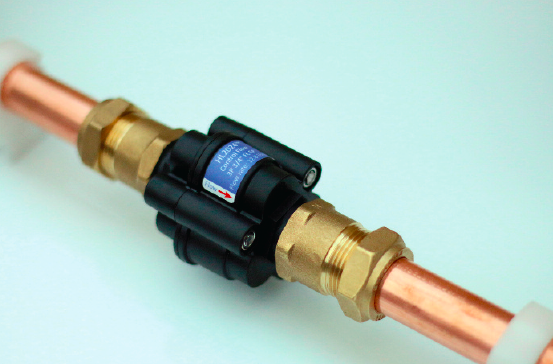
Caroline Gray-Mason, director of water services at Cenergist discusses staying ahead of the next environmental hurdle: water neutrality
Following the election, the new chancellor launched plans to “get Britain building again” with mandatory housebuilding targets and an overall goal of 1.5 million new homes. This was quickly followed by the King’s speech and the proposed Planning and Infrastructure Bill.
Understandably, this will lead to a lot of attention on planning system reform. However, when considering this, it is important to ensure that these new homes will not come at a cost to the environment.
Developers have been supporting greener, more sustainable developments. However some of the requirements, such as nutrient neutrality, have significantly impacted the planning process.
There is another water-related environmental issue on the horizon which has the potential to be a significant environmental issue for developers: water neutrality.
It is essential for developers to become aware of the issue now and explore solutions that navigate the challenge of water neutrality before more localised. mandates are introduced across the country.
What is water neutrality?
Water neutrality can be defined as: “For every new development, water demand should first be minimised then any remaining water demand offset, so that the total demand on the public water supply in a defined region is the same after development as it was before.”
The first significant step is to minimise water use and reduce per capita consumption (PCC). There are measures already in place which reduce PCC including adapted showerheads, taps and low-flush toilets.
But in the context of water neutrality requirements, there is a risk that these could not go far enough, further stalling development planning at a critical point for UK housebuilding.
 Why does it matter now?
Why does it matter now?
Environmental pressures, including water-related ones, are a well-known feature within the planning process. And although nutrient neutrality is a more widely discussed topic, water neutrality is widely considered the next ‘battleground’ that could be catalysed by the government’s housebuilding ambitions.
In March 2024, the Environment Agency released a report saying that by 2050 in England, an additional five billion litres of water a day will be required to meet growing consumer demand. Alongside water shortage incidents such as droughts and hosepipe bans, escalating water demands and supply challenges are having a significant ecological impact. This led to water neutrality requirements on new developments, following a position statement from Natural England. Although these were initially localised to the South East, mitigation requirements recently spread to Cambridgeshire, with reports that Norfolk and Suffolk will follow.
Clearly, 1.5 million new homes will exacerbate water supply pressures – not only in those areas currently facing water neutrality, but in other areas too. The increased water demands may also force more local authorities to focus on water conservation in local environmental plans.
Water infrastructure updates could also feature in yet-to-be announced policies to increase resilience in water supply, but this cannot be assumed.
In the meantime, the water scarcity crisis and need to address consumption must be noted – and developers should get on the front foot while they can.
How can a building’s water wastage be reduced?
The question, then, is how can developers take steps to reduce PCC on a scale acceptable to Natural England and in line with the government’s housebuilding targets? One meaningful solution is to optimise the supply of water into homes.
There are naturally occurring pressure fluctuations in any mains water connection which result in water wastage, and this can be reduced by regulating the incoming flow using management solutions such as Control Flow with HL2024® technology.
Tests of these technologies have shown they reduce mains pressure fluctuations to less than two per cent, which leads to a PCC reduction of 25 per cent. Field deployments have shown daily PCC drops ranging from 35 litres for an individual and up to 84 litre reductions for a household.
Importantly, not only does this lower the water waste levels to support water neutrality strategies, but also reduces wastewater and subsequent nutrient pollution generated by homes, offering a more cost effective and timely solution compared to nature-based solutions. This is also important to note as nutrient pollution will be another key consideration in the government’s housebuilding ambitions.
Staying ahead of the curve
This type of proactivity is essential to unlock developments which are likely to get stuck in the planning process held up by water neutrality, which is likely to rise up the housing agenda.
However, there is a good opportunity to stay ahead of the curve and for the development sector to consider now how they can tackle water neutrality in a precise, credible and deliverable way. As field tests have shown, optimising mains water supply into homes is a strong first step.
It will be interesting to see how activity progresses, but it is important to take note of water neutrality to unlock the full potential of these ambitions and deliver much needed housing.
Doing so will ensure water neutrality does not become the next environmental stumbling block for developers.




